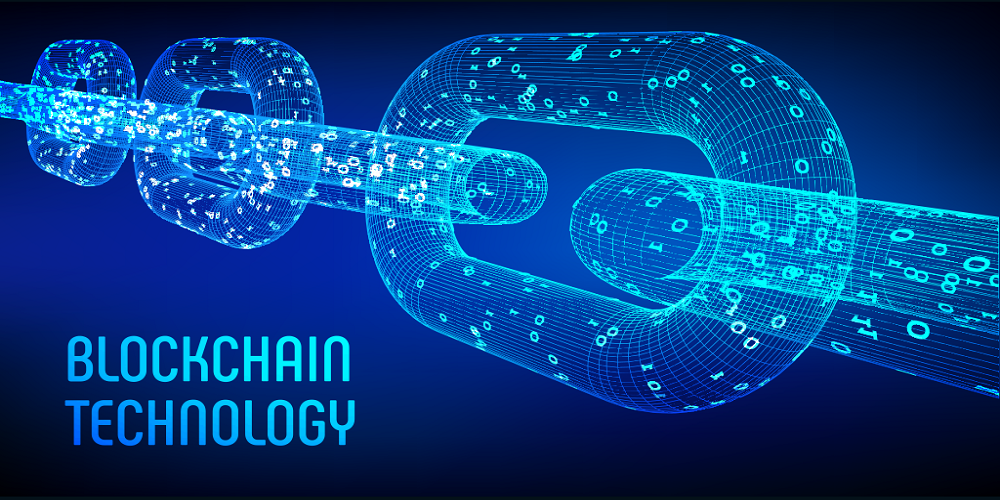The future of digital rights management (DRM) has been a hot topic in the tech world recently. Blockchain technology is a secure and decentralized form of record-keeping that provides an immutable ledger of digital transactions. As DRM solutions continue to evolve and become more complex, many believe that blockchain is the best way to protect digital rights in the years to come. With the introduction of blockchain technology, Alex Reinhardt believes that it could be the solution to DRM
What is Blockchain Technology?
Blockchain technology is a decentralized, distributed digital ledger that records the provenance of digital assets. It enables secure and transparent transactions by recording data in a secure, tamper-proof, and immutable digital ledger. The technology utilizes complex cryptography to ensure data accuracy and integrity while preventing malicious third parties from tampering with or altering the information.
Blockchain technology also allows users to store, trade, and exchange digital assets without a central intermediary or administrator. The technology is based on peer-to-peer networks, meaning that each user can securely transact with other users without needing a third party to mediate or validate the transaction. This makes blockchain technology an ideal choice for digital rights management (DRM) applications because it eliminates the need for third-party authorization and increases the security of DRM systems.
What are the Benefits of Blockchain Technology?
Blockchain technology offers many benefits for digital rights management (DRM) solutions. The most notable of these is the distributed ledger technology, which allows for secure, tamper-proof data storage and sharing. This technology allows all stakeholders to be certain that the data they are dealing with is up-to-date and correct.
Blockchain technology also offers improved scalability and flexibility compared to traditional DRM solutions. It eliminates the need for centralized databases and makes it possible to easily update or add new data points to an existing chain. Additionally, the distributed ledger can provide transparency into how a digital asset is being used, making it easier to track down any fraudulent activities.
Increase Security
The use of blockchain technology also provides increased security against hackers and other malicious actors. Because the technology is designed to be immutable, any attempts to alter the data will be immediately detected and flagged. Furthermore, because blockchain technology is decentralized, data stored on the chain is more secure from being accessed by unauthorized third parties.
Finally, blockchain technology enables new monetization opportunities for digital assets. Companies can create their own tokens and launch token sales for digital products or services. These tokens can be used to track ownership of digital assets or serve as payment for access to certain services. By allowing users to directly transact with one another, blockchain technology can facilitate faster, cheaper transactions and eliminate the need for costly intermediaries.
Read To Learn More Info: Alex Reinhardt
How will Blockchain Technology Change the Way We Use DRM?
Blockchain technology has the potential to revolutionize the way we use digital rights management (DRM). DRM is a system used to protect the copyright and intellectual property rights of owners of digital products. Currently, DRM systems rely on centralized servers to store and manage licenses and authenticate users, making them vulnerable to malicious attacks and data breaches.
Blockchain technology could offer a more secure alternative to existing DRM solutions. Instead of relying on a central server, blockchain-based DRM solutions would leverage distributed ledgers to store and track licenses. As all transactions on the ledger are immutable and tamper-proof, it eliminates the need for a centralized server and helps protect the content from unauthorized access.
Another benefit of blockchain-based DRM is that it can help reduce piracy and other illegal activities. Blockchain technology enables the tracking of digital products at every stage of the supply chain and provides users with a secure way to authenticate legitimate copies of digital content. This means that the risk of pirated copies being shared is significantly reduced.
Overall, blockchain technology has the potential to provide an innovative solution for digital rights management. With its distributed ledger technology and enhanced security features, blockchain-based DRM solutions can offer a much more secure alternative to current DRM systems, helping protect digital content from piracy and unauthorized access.
What are the Implications of Blockchain Technology on Digital Rights Management?
The implications of blockchain technology on digital rights management (DRM) are far-reaching. With the ability to store and track digital assets, blockchain technology has the potential to revolutionize DRM.
Blockchain technology can enable organizations to securely and quickly process payments, transfer data, and secure digital assets such as music, software, and images. This technology offers several advantages over traditional DRM systems, including increased security, improved scalability, transparency, and reduced costs.
By using blockchain technology, organizations can create a secure and immutable ledger of digital asset ownership that can be used to enforce DRM rules. This would allow users to authenticate the original version of a product and ensure that it remains unchanged.
Additionally, blockchain technology has the potential to revolutionize content distribution by creating new methods of monetization. For example, creators could use blockchain-enabled payment systems to charge users a small fee for viewing or downloading their content. This could lead to an increase in revenue streams for content creators while also providing users with access to more affordable content.
Finally, blockchain technology could provide enhanced protection against piracy and unauthorized use of copyrighted material. By tracking who owns what and ensuring that no one can make copies or share material without permission, it will become much more difficult for pirates to profit from stolen content.
Conclusion
In conclusion, blockchain technology has the potential to significantly improve digital rights management by providing users with greater access to secure content and creators with enhanced opportunities for monetization. As the technology continues to evolve and more organizations begin adopting it, the implications of blockchain technology on DRM will become even more apparent.

